Bok Choy
$4.49
Brassica Rapa
- Seed Count 50
- Fast Growing
- Annual
In stock
Description
Bok Choy is an essential choice for gardeners seeking a quick-growing Asian vegetable. It features short, broad, and thick pure white stalks paired with dark green, glossy leaves that have a slightly savoyed texture.
Not only is this vegetable highly nutritious and flavourful, but it’s also incredibly easy to cultivate. Bok Choy makes an excellent substitute for cabbage or spinach, catering to both home and market growers’ needs.
You can enjoy Bok Choy at any stage of its growth—harvest it early for tender baby leaves or let it mature for thick and succulent white stems.
This non-heading variety forms clusters of 8 to 12 crisp white stalks with nearly round, smooth, glossy green leaves.
As China’s favorite vegetable, it can be used in countless ways, whether raw or cooked, and is perfect for “cut and come again” harvesting from seedling to full maturity.
| Method: Sow direct | Soil Temp: 21°C - 30°C |
| Cool Mountain: Mar - May | Position: Full sun |
| Arid: Apr - Aug | Row Spacing: 30cm |
| Temperate: Mar - May | Planting Depth: 3mm |
| Sub Tropical: Mar - May | Harvest: 45 Days |
| Tropical: Apr - Aug | Plant Height: 40 cm |
Growing Conditions
Climate:
- Bok Choy prefers cooler conditions. In Australia, spring and autumn are the ideal seasons for planting. During high summer temperatures, Bok Choy may bolt (flower and produce seeds) prematurely, leading to bitter leaves.
Soil:
- Bok Choy excels in well-draining, fertile soil with plenty of organic matter. The ideal pH is between 6.0 and 7.0. If your soil is heavy clay or sandy, amend it with compost or well-rotted manure to enhance fertility and drainage.
Planting Bok Choy
Starting Seeds Indoors:
- If you want to get a head start, sow seeds in seed trays or pots indoors about 4-6 weeks before the last frost. Keep the trays in a warm, but not hot, location with plenty of light.
Direct Sowing:
- For direct sowing, select a well-prepared garden bed. Sow seeds about 3 mm deep and space them 10-15 cm apart. Once seedlings are a few inches tall, thin them to allow for adequate space between plants (20-30 cm apart).
Care and Maintenance
Watering:
- Bok Choy requires consistent moisture. Water deeply once or twice a week, allowing the top inch of soil to dry out slightly between waterings. Avoid letting the soil become waterlogged.
Sunlight:
- Bok Choy grows best in full sun but can tolerate partial shade, especially during the hotter months. If you live in a particularly warm area, providing some shade during the afternoon can help reduce stress on the plants.
Fertilisation:
- Fertilise Bok Choy with a balanced fertiliser or one high in nitrogen, especially during the early growth stage. It is helpful to apply liquid fertiliser every few weeks to boost growth.
Mulching:
- Applying mulch around the plants can help maintain soil moisture, suppress weeds, and keep the soil temperature stable.
Companion Planting
Good Companions:
- Garlic and Onions: Their strong scent can deter pests that may harm bok choy.
- Carrots: They can help aerate the soil while not competing for nutrients.
- Radishes: They grow quickly and can help deter certain pests.
- Beets: They have similar nutrient needs and grow well together.
Plants to Avoid:
- Strawberries: They can attract pests that may also harm bok choy.
- Tomatoes: These can compete for nutrients and are prone to similar diseases.
- Brassicas: Other members of the brassica family (like cabbage and broccoli) can attract the same pests.
Harvesting Bok Choy
Timing:
- Bok Choy is typically ready to harvest 7 to 8 weeks after planting, depending on the variety and growing conditions.
Harvest Method: You can either:
- Harvest the entire plant by cutting it at the base, or
- Selectively harvest outer leaves, allowing the inner leaves to continue growing. This method can extend your harvest period.
Pest and Disease Management
Bok Choy can be susceptible to various pests and diseases. Here are some common issues and their management:
Pests:
- Aphids: Tiny green or black insects that suck plant sap. Control with insecticidal soap or using a strong spray of water.
- Cabbage Worms: Caterpillars of moths that feed on leaves. Hand-picking, using row covers, or introducing beneficial insects like ladybugs can help control them. Also try Dipel, an organic solution that is cheap to buy.
- Flea Beetles: Small jumping beetles that create holes in leaves. Row covers and neem oil sprays can deter them.
Diseases:
- Downy Mildew: Fungal disease that causes yellowing of leaves. Ensure good air circulation and avoid overhead watering.
- Cabbage Root Maggots: These pests attack the roots. Crop rotation and soil enrichment can deter them.
Additional Tips
- Companion Planting: Consider planting Bok Choy alongside plants like garlic, onions, and radishes, which can help deter pests.
- Crop Rotation: Avoid planting Bok Choy (or other Brassicas) in the same location year after year to minimize disease and pest buildup in the soil.
- Storing: Freshly harvested Bok Choy can be kept in the refrigerator for about a week. Wrap it in a damp paper towel and place it in a plastic bag to maintain moisture.
Order Times
Seed orders are normally dispatched within three business days. You will receive an email when seeds are mailed out.
Postage Days
Seeds are mailed out Monday to Friday at 1pm. Except for the Friday of long weekends.
Postage Times
WA 2-3 Days: SA,NT 3-5 Days: NSW, ACT, QLD, VIC: 5-7 Days
Carrier
We use Australia Post Letter Postage for the majority of orders
Not only are our seeds packed in recycled paper envelopes, we keep the theme going when we post out website orders. To protect your seeds from moisture and the letter box munchers (snails), we use a very special plastic free material made from plants. They are then put into recycled mailing envelopes. Green all the way 💚🌿

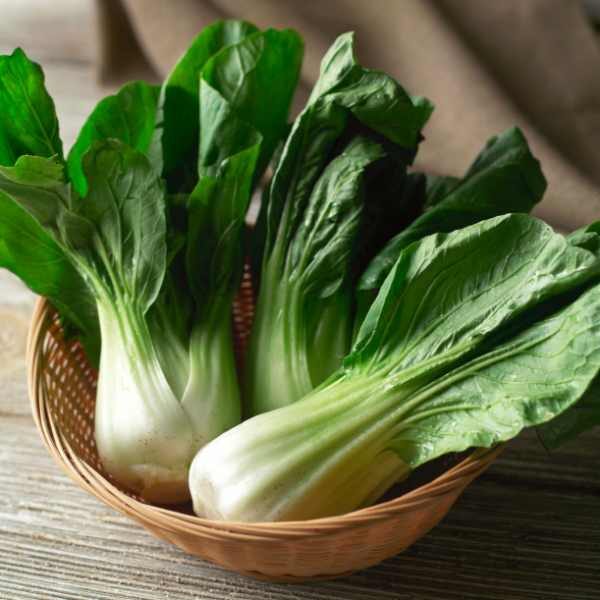


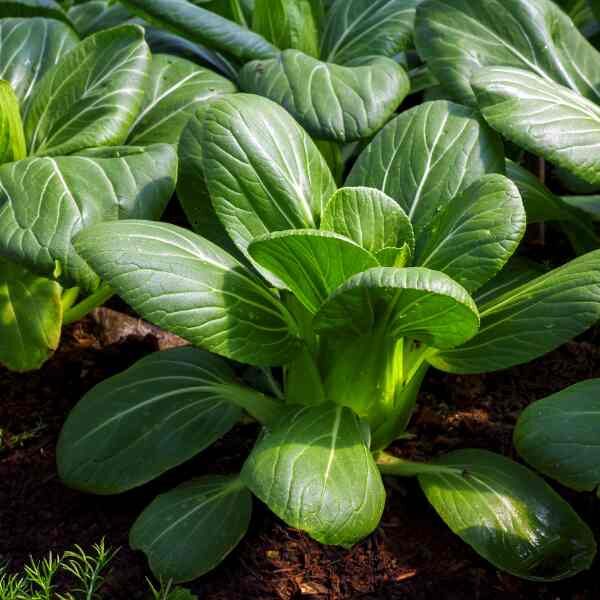
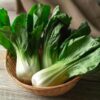
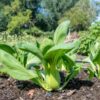
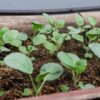



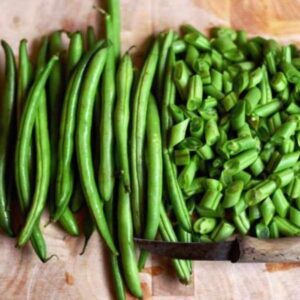
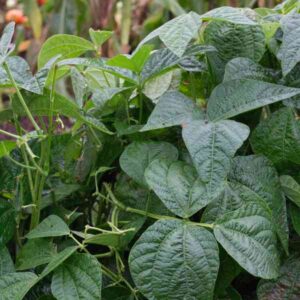
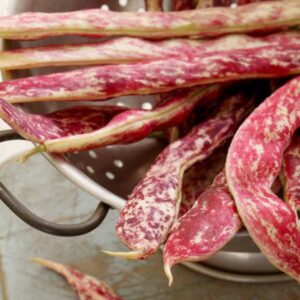
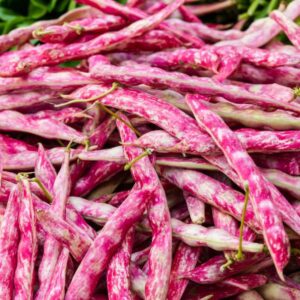
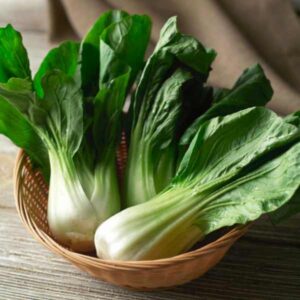
Reviews
There are no reviews yet